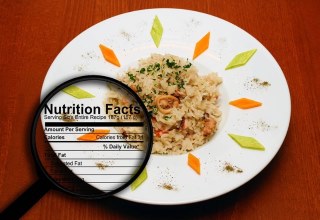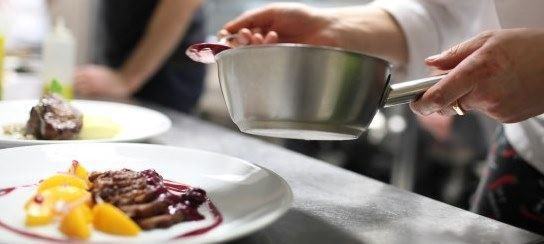Restaurant Tips
Here are some tips to help you improve your chances of being one of the restaurants that floats rather than sinks:
Food Additives & Preservatives
There are hundreds of registered, approved food additives and preservatives used to enhance flavour, longevity, appearance or texture. Many of these are natural such as salt, sugar, vinegar, baking soda, yeast, vanilla and a range of spices. Yet many diners are wary of additives and preservatives in their food when they eat out.
The introduction of factory farming, the catastrophe of mad cows disease caused by company greed for profit, the health concerns around food dyes, high fructose corn syrup, and chicken nuggets that are more chemical than chicken, alongside ongoing issues around the use of MSG, PHIP and the pesticides in GMO foods, all of these have caused many to ask questions about where their food has come from and whether it is safe.
Restaurants that track their food from farm to plate will be able to allay concerns. Choose organic, natural high-quality ingredients and meat that is grass fed from local farmers. In this way you show your concern for animal welfare and the environment as you keep your carbon footprint low. Expect to answer questions about any additives and preservatives you use in your food. Advertising that you use no artificial additives or preservatives may be a good selling point and even a unique selling point in regards to your competitors in the locality.
How to sell wine
There are different ways that you can increase your wine sales. Having half-bottles is helpful to couples where one is choosing not to drink. If you are selling very expensive wines, offer a tasting glass as encouragement to buy a full bottle.
Your wine menu should be easy for diners to find what they are looking for. Have a variety of price points, including some popular brands and rotate your menu to keep up with trends. A selection of reserve wines will offer you a higher margin.
Offer training to your servers to be more knowledgeable about wine. This gives them confidence to ask guests if they would like wine with their meal. You may want to send servers on a course to be certified as sommeliers. Servers will then be confident to suggest wines to go with their order or ask if they want wine paired with each course. It also means that servers can deal with requests such as a price point and “surprise me!” Success reinforces trust for future recommendations.
When pricing your wines, your mark-up can be higher for more obscure brands, but for brands that are well known, keep the margins smaller so customers do not feel they are being exploited.
Food labelling
Label your menu items if they are vegetarian, vegan, gluten-free or lactose free. Restaurants also need to comply with local food agency regulations when it comes to food labelling. For some agencies information about the calories in a dish must be added to all menus and boards, with a full breakdown of nutritional information available on written request. There are online services that can help you collate an accurate nutrition analysis of your menu.
The EU FIC Food Information for Consumers Regulation came into force on 9 June 2018. They require restaurants and takeaways across Europe to tell customers if their food contains ingredients known to trigger allergies. These 14 everyday allergens include eggs, fish, nuts, milk, gluten, soya and wheat. Businesses can provide information on allergens contained in their food through conversations with customers, leaflets, food labelling or by highlighting ingredients on menus.


